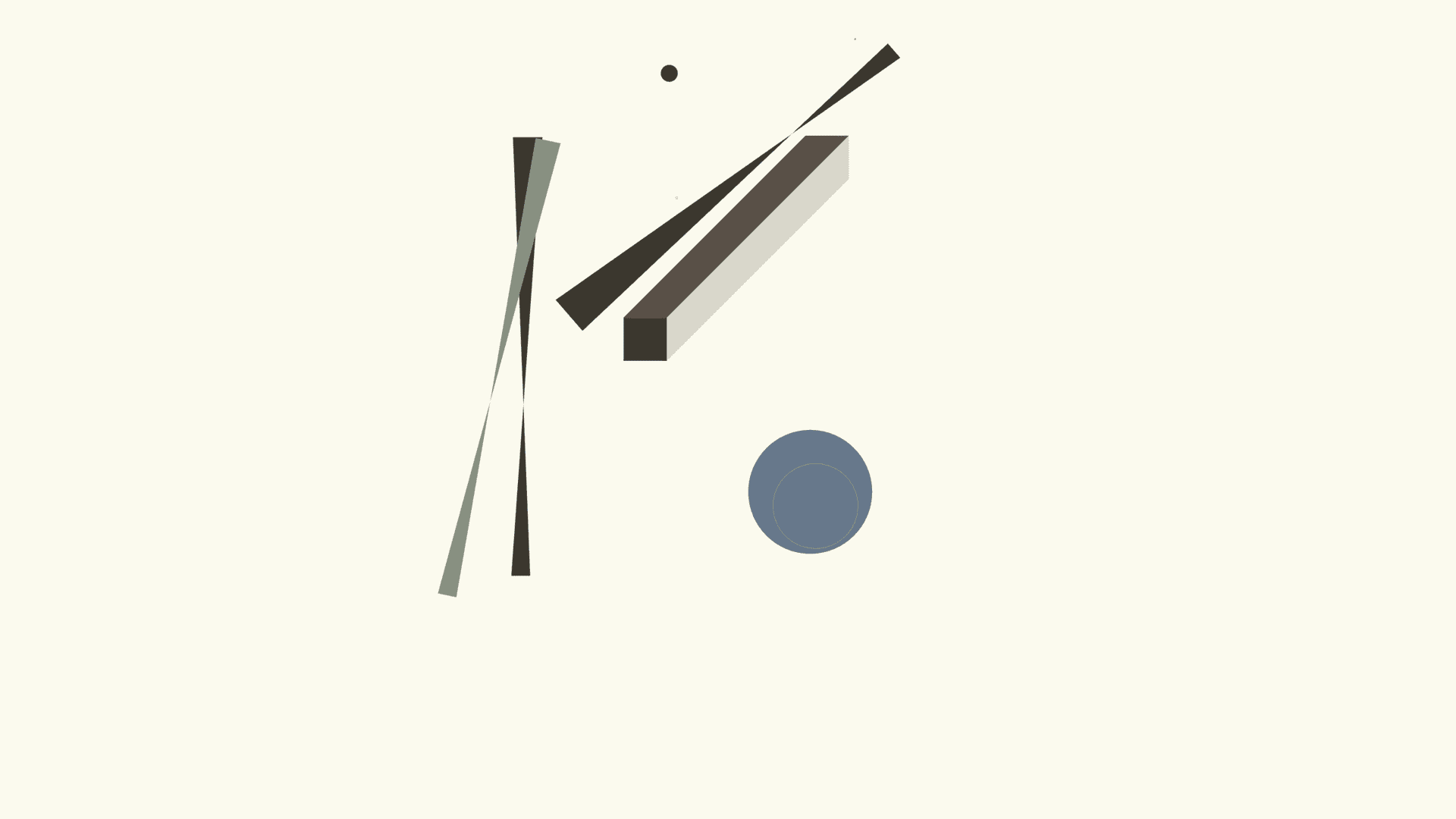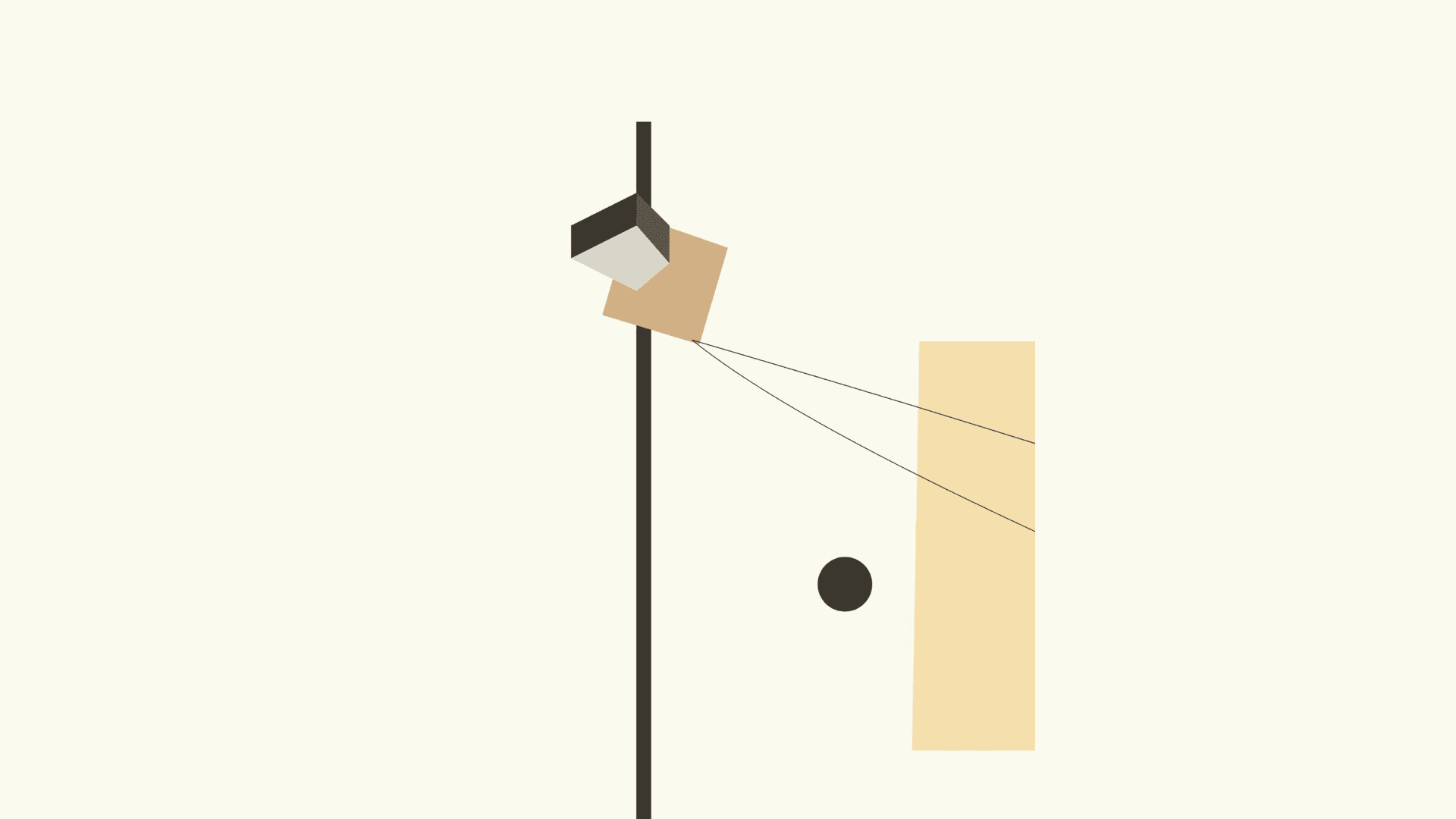
Primera stands as a unique generative art project where Andrew Mitchell and Grant Yun channel the spirit of early 20th-century art movements into the digital realm. Through clean geometry, minimalistic color fields, and a careful nod to classical composition, the collection bridges the ideals of historical modernism with the possibilities of blockchain-based creation. Rather than simply imitating past aesthetics, Primera reinterprets them, delivering an experience that feels both familiar and radically fresh for a Web3 audience.

Using p5.js, a creative coding framework, Mitchell and Yun crafted 400 unique pieces that are both algorithmically generated and artistically intentional. Each artwork is an outcome of scripted randomness, where code becomes brushstroke and probability becomes palette. This method reinforces the project's conceptual purity: like the early modernists, Primera values structure, balance, and abstraction—but now, these ideals are orchestrated not by hand, but through carefully designed algorithms.

In a powerful statement about ownership and cultural legacy, Primera was released under a CC0 license, granting the public unrestricted rights to use, remix, and reinterpret the works. This move situates Primera within a growing trend of "open art" in Web3, where artists deliberately surrender control to empower broader creativity. For collectors, owning a Primera isn’t just about exclusivity—it’s about participating in an ecosystem where art is a starting point for further exploration, not a static relic to be guarded.



